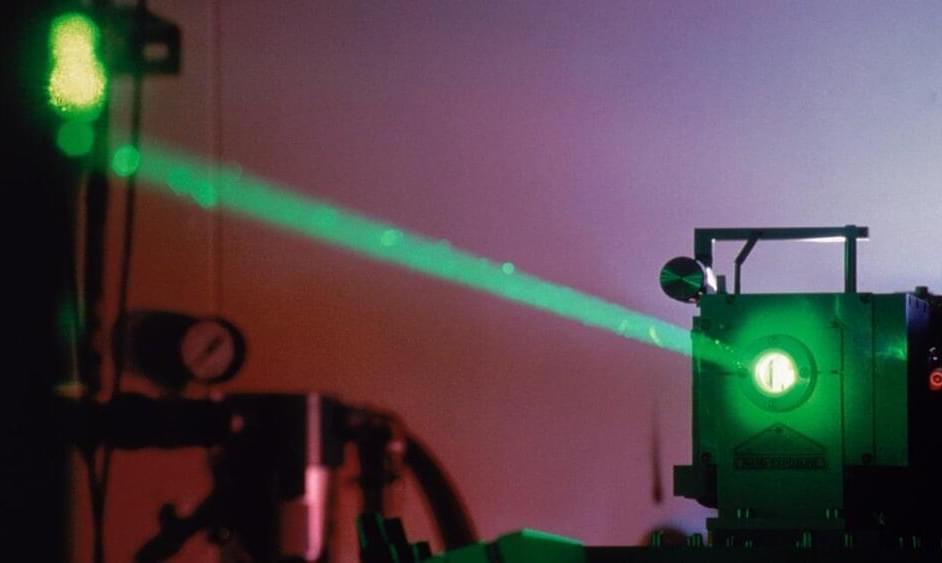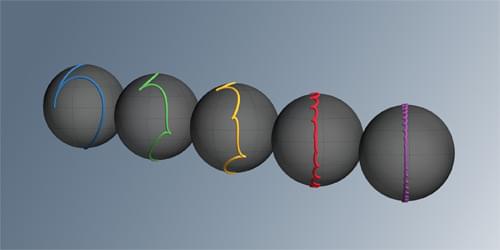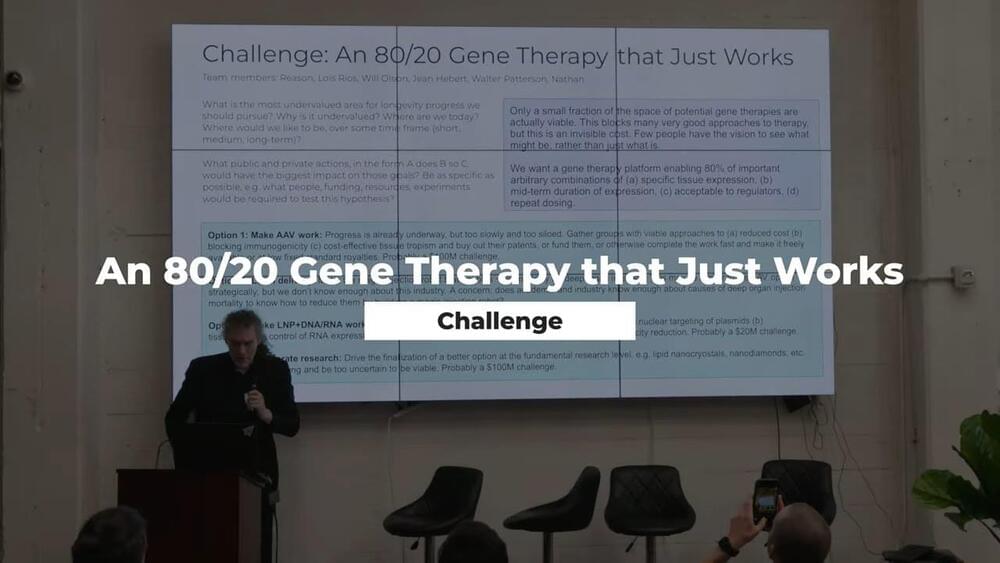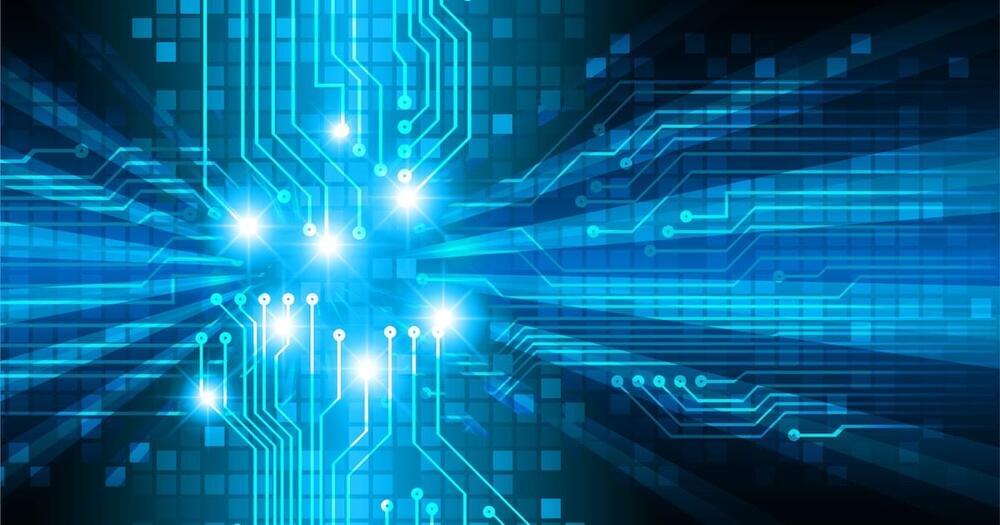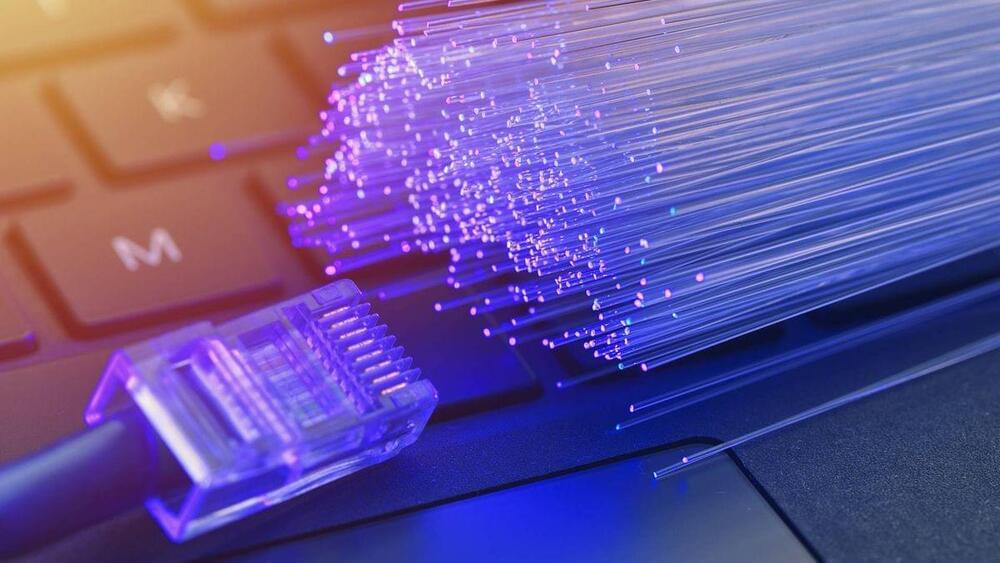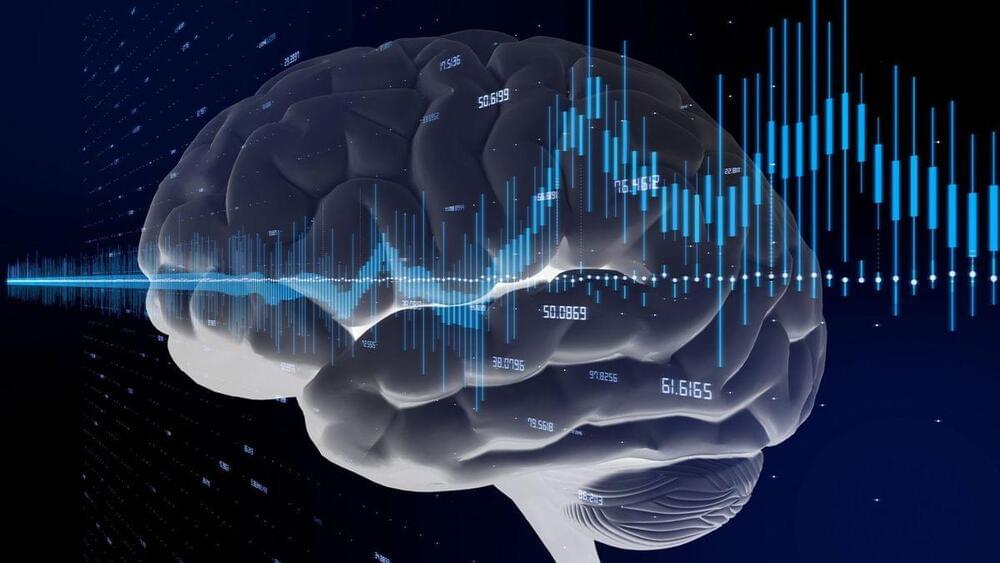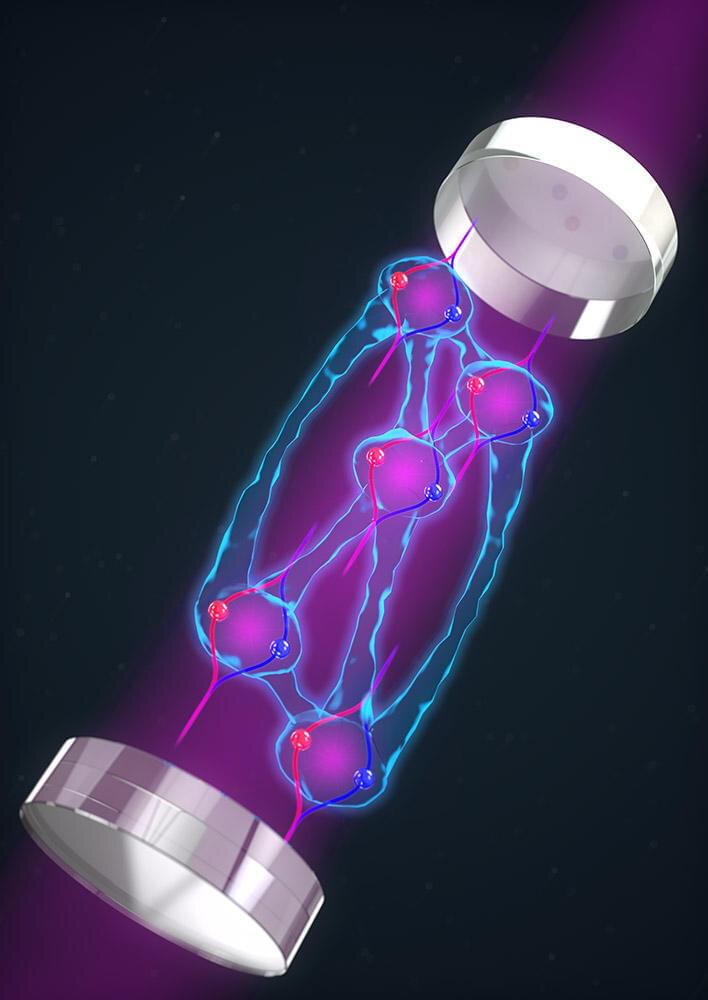Oct 25, 2022
1 Million Gigabit Internet Speed Reached With a Single Chip and Laser
Posted by Quinn Sena in categories: computing, internet
Researchers in Europe have developed an efficient way to deliver internet speeds at over 1 million gigabits per second through a single chip and laser system.
The experiment achieved a speed of 1.8 petabits per second, or nearly twice the amount of internet traffic the world transmits at the same rate. Amazingly, the feat was pulled off using only a single optical light source.
The research comes from a team at Technical University of Denmark and Chalmers University of Technology in Sweden. Last week, the group published a peer-reviewed paper (Opens in a new window) in Nature Photonics about the technology.
